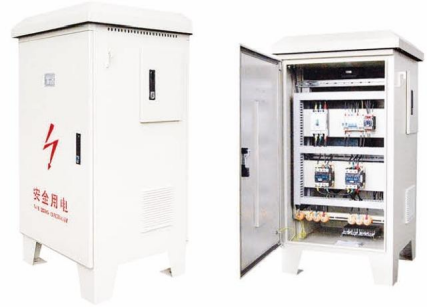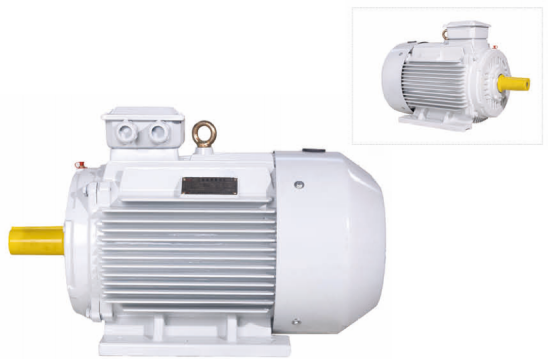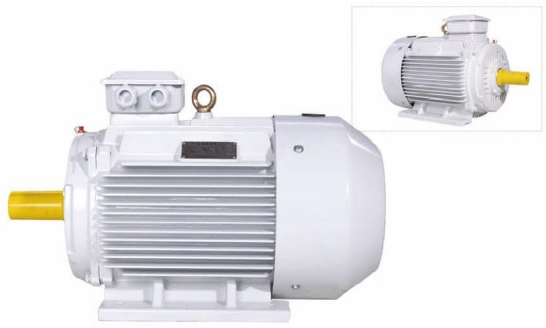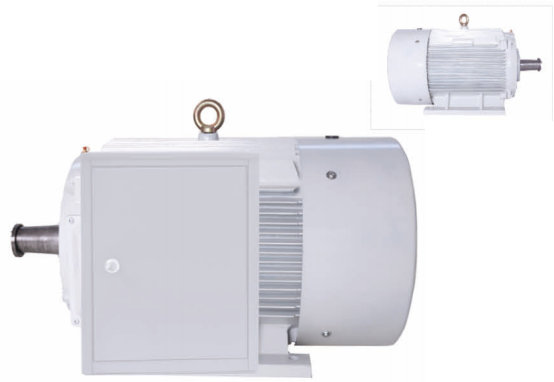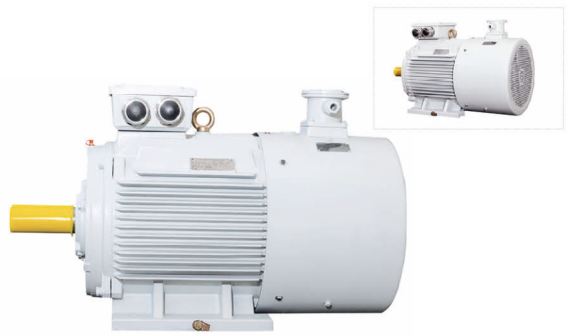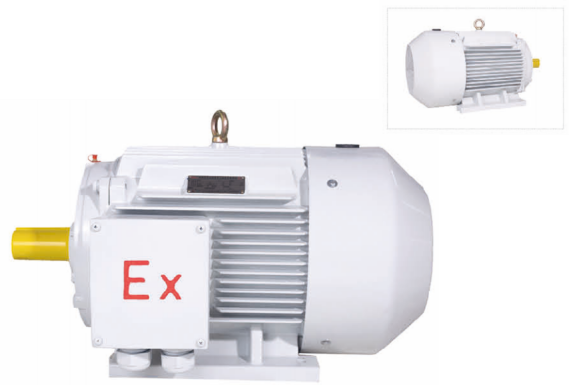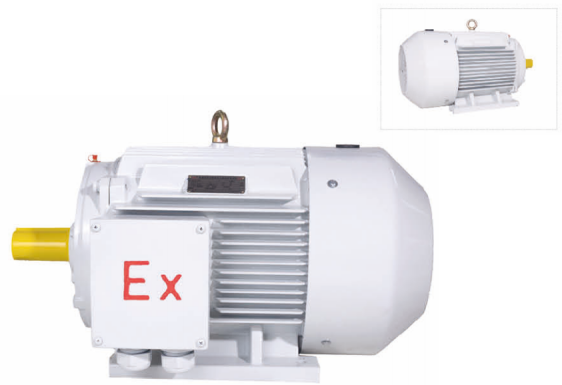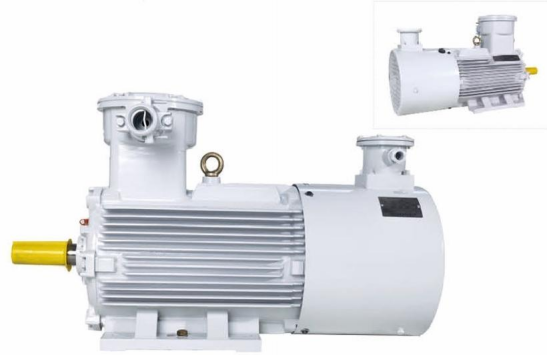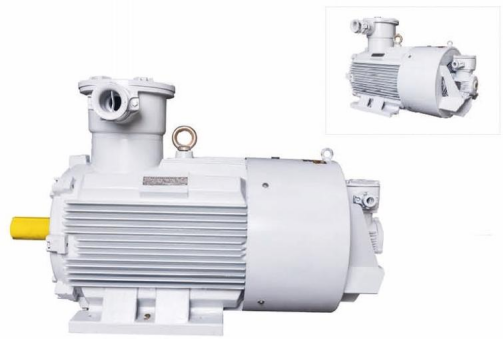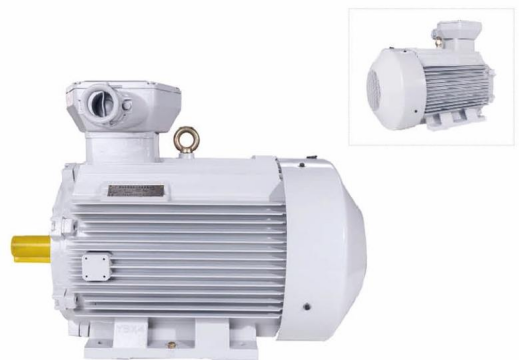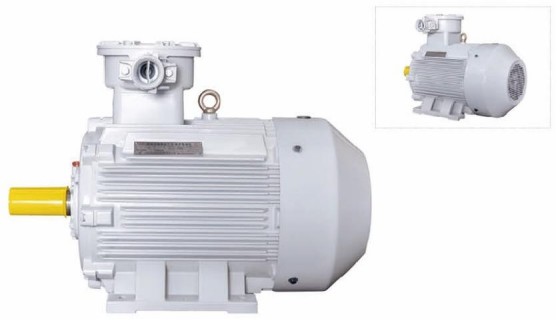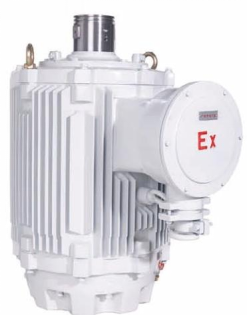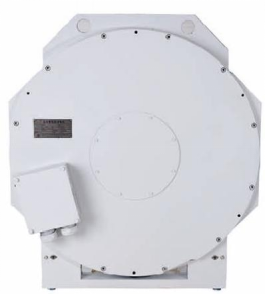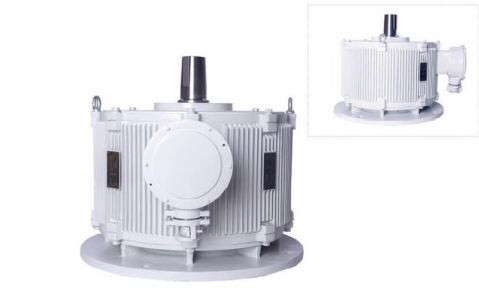Wedoany.com Report-Apr. 14, The Central Electricity Authority (CEA), part of India’s Ministry of Power, has approved detailed project reports for six hydro-pumped storage projects (PSPs) totaling 7.5 gigawatts (GW) across various states. These initiatives mark a significant step in enhancing the country’s renewable energy storage capacity.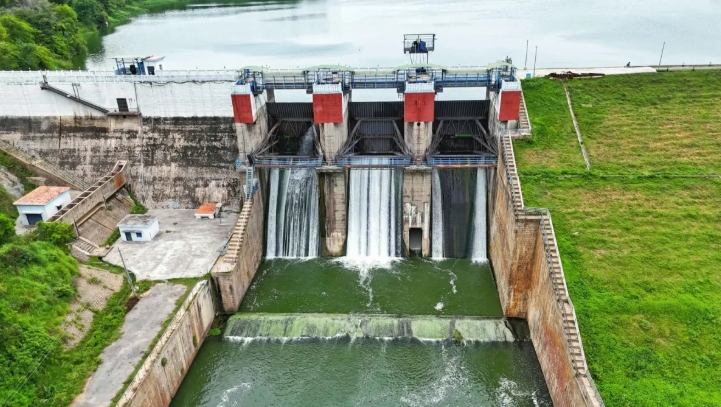
The approved projects include Upper Indravati with a capacity of 600 MW in Odisha, Sharavathy at 2,000 MW in Karnataka, Bhivpuri at 1,000 MW in Maharashtra, Bhavali at 1,500 MW in Maharashtra, MP-30 at 1,920 MW in Madhya Pradesh, and Chitravathi at 500 MW in Andhra Pradesh. According to the Ministry of Power: “These six projects approved are namely Upper Indravati (600 MW) in Odisha; Sharavathy (2,000 MW) in Karnataka; Bhivpuri (1,000 MW) in Maharashtra; Bhavali (1,500 MW) in Maharashtra; MP-30 (1,920 MW) in Madhya Pradesh; and Chitravathi (500 MW) in Andhra Pradesh.”
Looking ahead, the CEA aims to approve at least 13 additional PSPs, with a combined capacity of approximately 22 GW, between 2025 and 2026. Most of these projects are expected to be operational within four years, with completion targeted by 2030. This ambitious timeline reflects India’s commitment to expanding its energy storage infrastructure to support a growing renewable energy sector.
Hydro-pumped storage projects play a vital role in balancing electricity supply and demand. They store excess energy by pumping water to a higher elevation during periods of low demand and release it to generate power when needed. These projects will help stabilize the grid, particularly as renewable energy sources like solar and wind become more prevalent across India.
The approved PSPs are spread across diverse regions, ensuring a broad impact on the national energy landscape. By leveraging local water resources and advanced technology, these projects aim to provide reliable, clean energy to communities and industries while reducing dependence on non-renewable sources.
The CEA’s focus on PSPs aligns with India’s broader goals of sustainable development and energy security. The projects are designed to integrate seamlessly with existing power systems, offering a flexible solution to meet peak electricity demands. As the country continues to invest in renewable energy, these storage systems will be crucial for maintaining grid reliability.
With approvals in place, the six PSPs are poised to contribute significantly to India’s energy transition. The CEA’s ongoing efforts to expand this capacity underscore a forward-looking approach to building a resilient and sustainable power network for the future.
